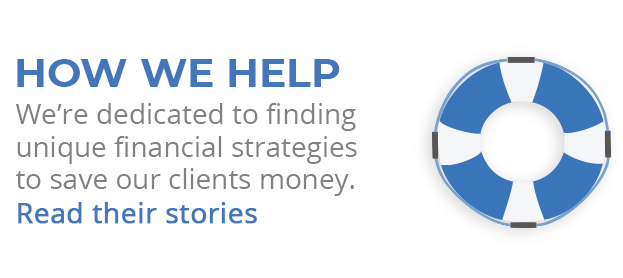Before retirement begins, gather what you need. Put as much documentation as you can in one place, for you and those you love. It could be a password-protected online vault; it could be a file cabinet; it could be a file folder. Regardless of what it is, by centralizing the location of important papers you are saving yourself from disorganization and headaches in the future.
What should go in the vault, cabinet or folder(s)? Crucial financial information and more. You will want to include…
Those quarterly/annual statements. Recent performance paperwork for IRAs, 401(k)s, funds, brokerage accounts and so forth. Include the statements from the latest quarter and the statements from the end of the previous calendar year (that is, the last Q4 statement you received). You don’t get paper statements anymore? Print out the equivalent, or if you really want to minimize clutter, just print out the links to the online statements. (Someone is going to need your passwords, of course.) These documents can also become handy in figuring out a retirement income distribution strategy.
Healthcare benefit info. Are you enrolled in Medicare or a Medicare Advantage plan? Are you in a group health plan? Do you pay for your own health coverage? Own a long term care policy? Gather the policies together in your new retirement command center and include related literature so you can study their benefit summaries, coverage options, and rules and regulations. Contact info for insurers, HMOs, your doctor(s) and the insurance agent who sold you a particular policy should also go in here.
Life insurance info. Do you have a straight term insurance policy, no potential for cash value whatsoever? Keep a record of when the level premiums end. If you have a whole life policy, you want to keep paperwork communicating the death benefit, the present cash value in the policy and the required monthly premiums in your file.
Beneficiary designation forms. Few pre-retirees realize that beneficiary designations often take priority over requests made in a will when it comes to 401(k)s, 403(b)s and IRAs. Hopefully, you have retained copies of these forms. If not, you can request them from the account custodians and review the choices you have made. Are they choices you would still make today? By reviewing them in the company of a retirement planner or an attorney, you can gauge the tax efficiency of the eventual transfer of assets.
Social Security basics. If you haven’t claimed benefits yet, put your Social Security card, last year’s W-2 form, certified copies of your birth certificate, marriage license or divorce papers in one place, and military discharge paperwork or and a copy of your W-2 form for last year (or Schedule SE and Schedule C plus 1040 form, if you work for yourself), and military discharge papers or proof of citizenship if applicable. Social Security no longer mails people paper statements tracking their accrued benefits, but e-statements are available via its website. Take a look at yours and print it out.
Pension matters. Will you receive a bona fide pension in retirement? If so, you want to collect any special letters or bulletins from your employer. You want your Individual Benefit Statement telling you about the benefits you have earned and for which you may become eligible; you also want the Summary Plan Description and contact info for someone at the employee benefits department where you worked.
Real estate documents. Gather up your deed, mortgage docs, property tax statements and homeowner insurance policy. Also, make a list of the contents of your home and their estimated value – you may be away from your home more in retirement, so those items may be more vulnerable as a consequence.
Estate planning paperwork. Put copies of your estate plan and any trust paperwork within the collection, and of course a will. In case of a crisis of mind or body, your loved ones may need to find a durable power of attorney or health care directive, so include those documents if you have them and let them know where to find them.
Tax returns. Should you only keep last year’s 1040 and state return? How about those for the past 7 years? At the very least, you should have a copy of last year’s returns in this collection.
A list of your digital assets. We all have them now, and they are far from trivial – the contents of a cloud, a photo library, or a Facebook page may be vital to your image or your business. Passwords must be compiled too, of course.
This will take a little work, but you will be glad you did it someday. Consider this a Saturday morning or weekend project. It may lead to some discoveries and possibly prompt some alterations to your financial picture as you prepare for retirement.

About the Independent Financial Advisor
Robert Pagliarini, PhD, CFP®, EA has helped clients across the United States manage, grow, and preserve their wealth for the past 25 years. His goal is to provide comprehensive financial, investment, and tax advice in a way that was honest and ethical. In addition, he is a CFP® Board Ambassador, one of only 50 in the country, and a real fiduciary. In his spare time, he writes personal finance books, finance articles for Forbes and develops email and video financial courses to help educate others. With decades of experience as a financial advisor, the media often calls on him for his expertise. Contact Robert today to learn more about his financial planning services.










